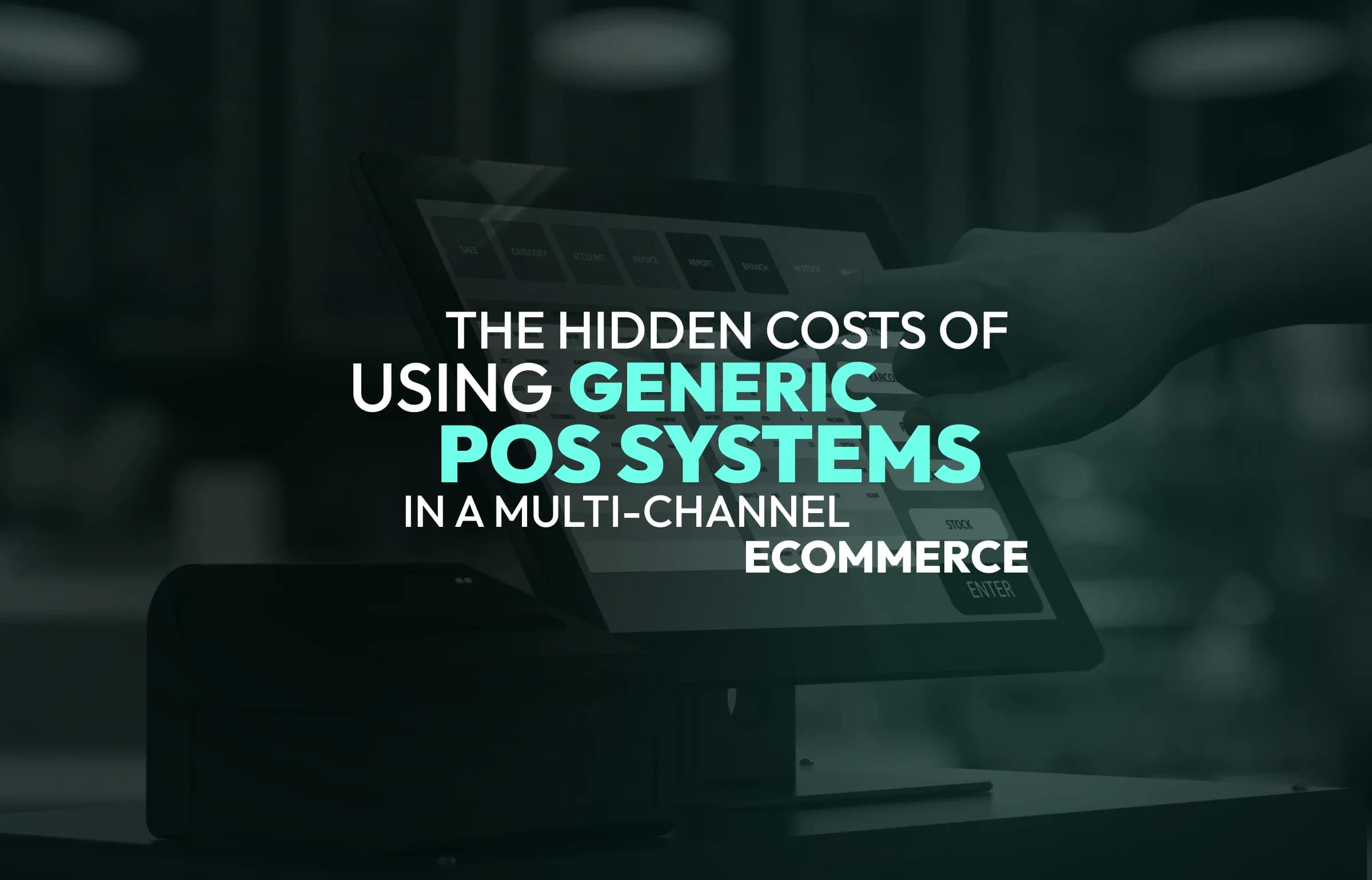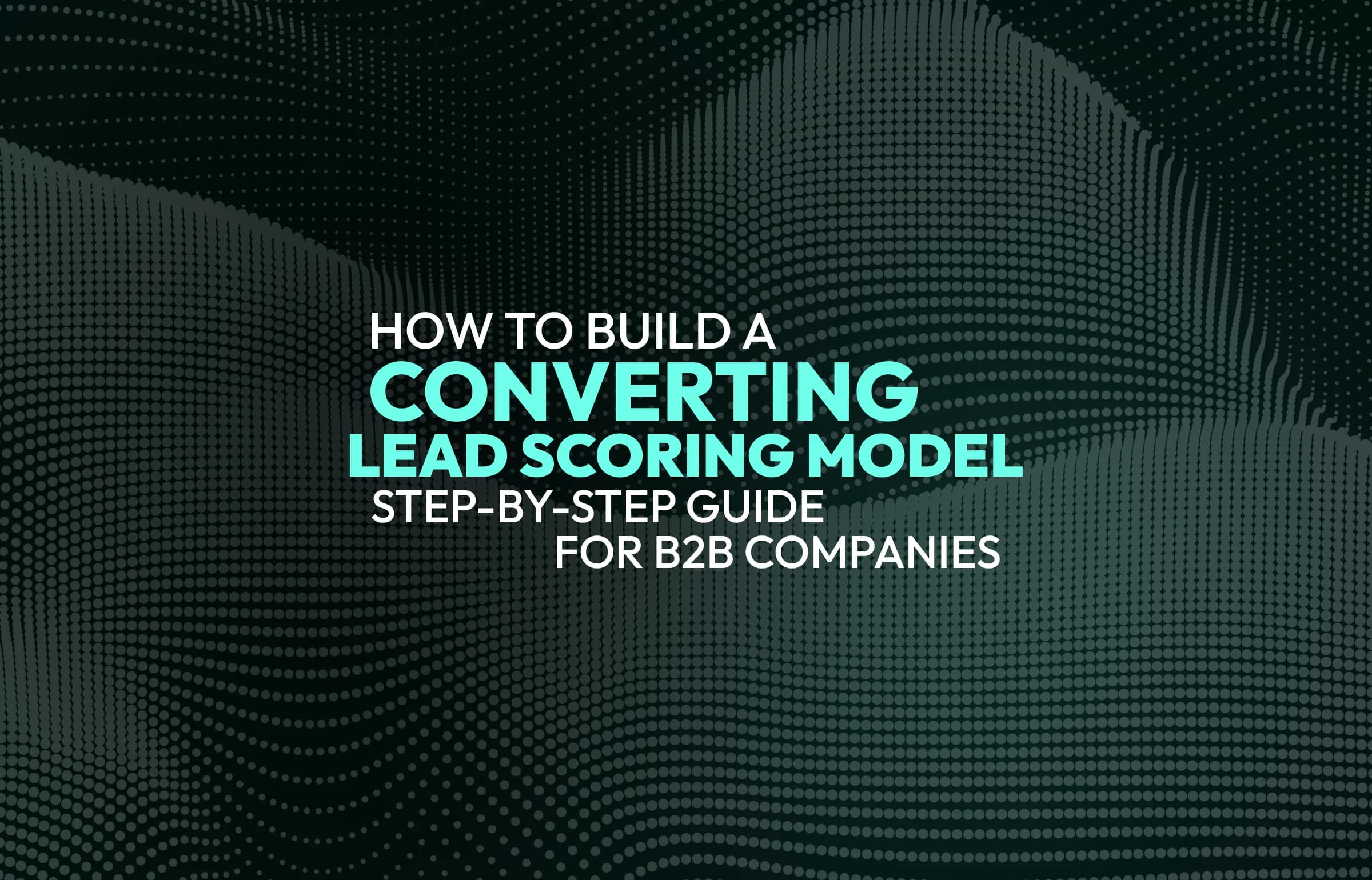
All MAIN THINGS TO CONSIDER WHEN BUILDING SHOPPING APPS
Updated:April 28, 20258 min read
It’s a challenging still exciting path, and the SapientPro development team is ready to be your guide.
Immerse in M-Commerce
Mobile commerce is not only about pressing the “order” button on some applications. It’s a significant industry – a part of E-Commerce, only better. Why? First of all, the reachability with M-Commerce is higher because you don’t carry your PC everywhere, but you do your smartphone. M-Commerce solutions come in two forms: as a native app and as a website. It gives the users another privilege – the ease of use and speed. Native apps load faster than web pages on the desktop. Payment getaways and social media apps are easier to integrate here, as they often also have native apps on each platform. However, it doesn’t mean that as soon as you launch your product in Apple Store or Play Markets, the first leads will emerge out of nothing. M-Commerce will not do the trick for you.
Right now, it’s all about brands. People pay for the feeling of unity. They become a part of a clique. If you have a powerful brand, with history and social presence, your mobile app will be a hit. Famous companies’ background allows them to have minor issues in the mobile app. If their customers are not satisfied with apps performance, yes, negative emotions are inevitable. However, in the search of the desired branded item, users will simply move to the desktop website.
Your brand is still unknown? Different story. If you do produce a website, or an app, or a chatbot – you need it to work especially smoothly, because you still have a reputation to build. There is a paradox. People forgive large brands all bugs, server errors, and even greenwashing and manufacturing hypocrisy. People forget about a small brand if even its tiny detail is not satisfactory. So does it mean you shouldn’t try? Nope. It means you should try even harder to let people find out the power of a high-performance app and good service. However, before that, there’s the whole path of analyzing, brainstorming, and acknowledging the importance of MVP.
MVP
You see, in the digital world or E-Commerce, you are not the first enthusiast who wants to bring something entirely new to the audience of consumers. The moment you enter M-Commerce, remember – yes, there are apps with numerous complex features and sophisticated design. However, that’s not what you should target in the beginning. Quality, not quantity – that’s the rule, and it applies to the MVP. So, what is this mysterious abbreviation?
MVP stands for Minimum Viable Product, which will be the very first version of your app having the core functionality, performance, design traits that are just enough to satisfy your early users.
Basically, an optimal app must be:
- useful – solving customer’s problem (e.g. I need to order jeans)
- practical – providing simple solutions (e.g. I want to make a one-click purchase)
- appealing – being pleasant to look at (e.g. I want at least not to get irritated by app’s looks)
- usable – working flawlessly (e.g. I want an app to load at normal speed)
- functional – having core features to make a purchase (e.g. I want to look for an item, pay and choose delivery)
What you need at the beginning of your M-Commerce journey, is to target all aspects equally. If you target appealing design most, you end up with a beautiful interface that has terrible navigation. If you only pay attention to functionality, you may end up sacrificing usability. These aspects complement each other, so it’s a good thing to favor them equally. After the MVP is launched, product owners gather feedback and make amends to the existing version and decide what functions are yet to come.
What happens before the development of MVP?
You look for the software development team, then together you choose what technologies to use and what strategies to follow. It is an important prerequisite for productive work, which may be even harder than the development itself. During the creation of an app, you already know where you’re moving. Here, it’s a time when you make decisions.
Very often, the product owner’s perception of the future app differs from what’s possible to turn into reality at this phase of development. You don’t teach students to analyze Hemingway’s works before they can read. You don’t implement complex features into the untested project. Here’s where the project manager lends you his or her hand, and together you find consensus in what’s best at this stage of development. It saves a lot of funds, time, and energy. Then, you will need to hire a development team. Other aspects of the pre-development process occur as follows:
- Discussing and studying your business’ ideas;
- Analyzing the market and your target audience preferences;
- Deciding upon the best practices to meet your customers’ demands;
- Outlining business objectives;
- Choosing a group messenger and project management app for your team’s performance
Basically, what happens before the development is intensive communication. You need to arrange it well, as it’s one of the keys to your app’s success.
The feature set for your shopping app: what will you put in your cart?
To understand what features you need to implement first, think about the algorithm each customer goes through to make a purchase.
- download the app and log in;
- enter the name of an item in the search bar, or
- browse the list of items of interest;
- read the info about the product;
- add it to the cart;
- enter the delivery information;
- confirm the payment method;
- obtain the info about the order status.
So, during the basic customer’s path, we need logging in and out, profiling, search bar, filtered list, product view, cart, delivery forms, payment getaways, and order acceptance. Those are the core features you cannot avoid. However, to improve the user’s experience, there will be a need to update your app for more features. However, not everything at once, as one new feature perfected is better than all possible features implemented but not working
Above – the lists of the core and additional features most shopping apps have. Yes, in the final run, it would be good to have them all. Still, what happens if you don’t have one? Read and think for yourself what option you would take from your users and what – not?
- No shopping basket – your users will only be able to buy one item at a time;
- No catalog – they will only use the search bar to buy what they know they want. This means no instinct and emotional purchases;
- No saved items – customers won’t get back to the products they couldn’t afford or didn’t buy earlier;
- No notifications – the users won’t find out recent news, updates, and bonuses;
- No search, filtering, and sorting – they won’t find what they want;
- No registration – customers will spend more time making an order, and will get less personalized offers;
- No sharing – the users won’t recommend the app to their friends;
- No reviews – consumers will not be sure about the product’s quality
- No additional languages and currencies – reduction of your market
- No order summary – the users won’t be able to notice mistakes in info
It’s like when you cook a new dish. There are numerous recipes of how you can do it – some are basic, some are more difficult. Depending on the ingredients and the proportions, you get different tastes. Same with apps, add a feature that your app is not ready for – the after-taste is spoilt. Add only the most basic features – the app will be bland. Experimenting with features is like experimenting with flavors when you cook. If you don’t know how to do it, you may end up spoiling expensive products and remain hungry. In this case, you need to get help from someone knowledgeable. So, you are less likely to remain app-hungry, if you work with a professional team of developers. SapientPro can help you cook something juicy!
Development phases
STEP 1. CHOOSE FEATURE SET
For your MVP you will choose the most basic set of features just to begin with it. However, if you don’t want your app to “taste bland”, you need to develop additional functionality that will solve more user’s problems. Also, be sure to find the feature that will become the main twist of your app – something your customers remember and associate with you. For example, a lookbook would be a great solution for a fashion app. It can imitate the structure of magazines, arising certain emotions in their users. Book shops usually add a preview of pages, making them turn like real paper books.
STEP 2. OUTLINE SPECIFICATIONS AND PROTOTYPE
To pay attention to all aspects of development and make sure your team understands what you want from them, you need to outline specifications. These are the detailed descriptions of each aspect, task, or issue that needs to be addressed. Yes, you will be able to make adjustments while the developers work on specific tasks. However, the more adjustments – the more distractions. The more distractions – the more time it takes to get things done. So, it is better to outline exactly what you mean and provide all the necessary details from the beginning so that there was no need to interrupt the development process in progress.
In SapientPro we are always available if you suddenly have adjustments to the current task. However, it is our priority to get to the grips of the specifications beforehand. It increases the overall efficiency, saves time, and, sometimes, even spares nerves.
As for the prototype – the pilot version of your app – it’s the first thing you visually explore and decide where to move next. It allows us to test ideas and see what actually works and what looked good only in your head.
STEP 3. CREATE APPLICATION DESIGN
After you’ve understood what works in theory and what doesn’t, your team is ready to turn the efficient practices into reality. It’s time to create a final design of your application. The main challenges of this process involve the understanding of how the customers use the app, what interests they have, and how to represent it in the user interface and how to make the usage intuitive. A great designer is not only an aesthete, illustrator, and creative person. There always has to be a share of understanding of human psychology because it is the main aspect of design – to appeal to people’s emotions.
STEP 4. CHOOSE A PLATFORM
Now it’s time to decide what development platform you’ll target and what technologies you will use. Basically, the most popular app stores you’ll need to target are Apple Store (1,8+ million apps) and Google Play (2,5+ million apps). However, there are more solutions you may consider for the potential market – Windows Store and Amazon Appstore, for example.
For the basic Android-iOS development, you have two ways – either to code for each separately in native languages or to choose a cross-platform framework. With native development, you will need to invest more money into the development, as you will need separate devs for separate platforms. With cross-platform development, your app will lose points in the performance, however, you’ll save costs.
STEP 5. DEVELOP AN APP AND TEST IT
Now, it’s time to CODE HARD. Backend developers arrange business logic, servers, and databases – everything that makes your app work and is not viewable for your users. Frontend developers create the visual part of the app – something your customers will directly interfere with. In mobile development, there is usually no distinction between the two, as smartphones contain all necessary logic for the operation. However, shopping apps are API based, meaning that they need a server to work, so both backend and frontend devs are needed.
After the development, it is a must to test an app. A specially trained QA manager can perform it manually. Also, there are tester-plugins that perform this function automatically. For better results, it is a good practice to combine both ways, as a human may notice something that a computer ignored and vice versa.
STEP 6. LAUNCH THE APP
Launching the app involves its optimization in app stores. It requires writing relevant keywords in the description, adding your logo and title, uploading screenshots displaying the main features, and informing about the recent updates.
STEP 7. GATHER FEEDBACK
This is a highly important step that you should not ignore. Before implementing new features, you need to know if the old ones work smoothly. Gather feedback from app stores review sections, google your app reviews, analyze the scores. First, solve the issues your users are concerned about right now, then work on additional functionality.
App development is an iterative process. There’s always room for improvement. There are always new trends to follow and issues to solve. It’s a challenging still exciting path, and the SapientPro development team is ready to be your guide.



